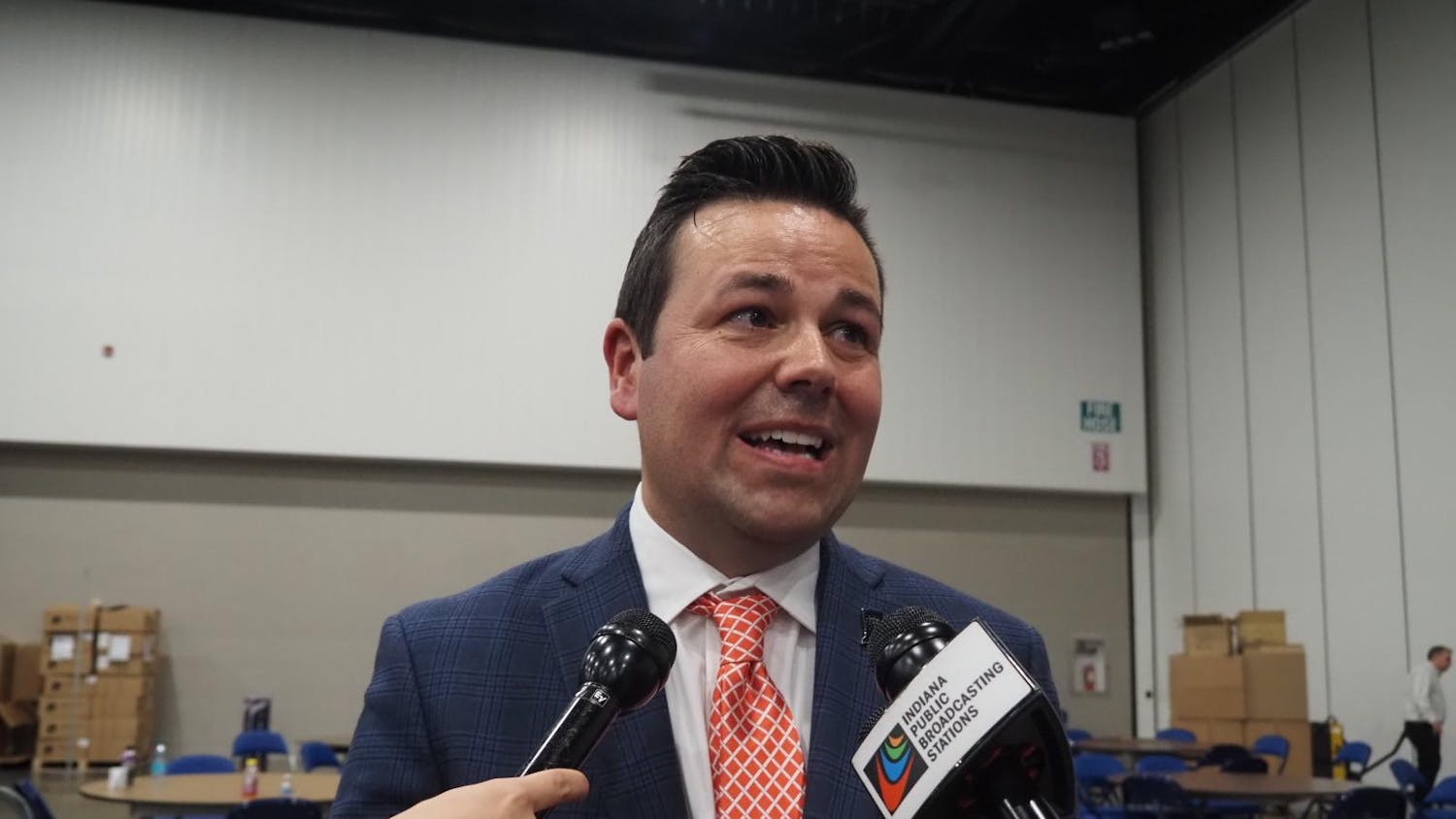A $2.7 million grant might seem like a large amount for something as small as an embryo, but IU’s biophysicist James Glazier plans to achieve great things with it.
This grant from the National Institutes of Health promises about $675,000 every year for the next four years during Glazier’s research of early development in animals.
The Biocomplexity Institute team performing the study will build a model simulation that can copy the development process of an embryo. Glazier’s goal in this research is to eventually understand the process well enough to be able to regenerate damaged human organs.
Unfortunately for Glazier, he said this goal won’t be reached in his lifetime, but it should be reached in the lifetime of IU students.
“I am extremely interested (in this research) because I think it’s going to change the way medicine works,” Glazier said. “We think the 19th century is medieval in the way they practice medicine. But when we are able to re-grow damaged hearts and damaged kidneys 50 years from now, we will think of (now) as medieval.”
Within the time line of the grant, the simulation should help the team understand the stages of embryos, and in 20 years it should be possible to re-grow an arm. The simulation is also cheaper, cleaner and quicker than experiments on live embryos.
“There are so many signals going on at one time in an experiment, and you are changing many things at once, making it hard to interpret,” Glazier said. “In a simulation you can better understand the signals of regeneration.”
The embryos that are used to build the simulation are bird embryos provided by Charles Little, an experimental embryologist from the University of Kansas and one of Glazier’s colleagues. Little makes time lapse movies of the bird embryos during the early stages. He then ships the digital image files to Glazier so he can research the movement of cells within the embryo.
“Most of the scientific community is focusing on reductionism, and James and I are trying to go the other way,” Little said.
Instead of just studying the individual cells, the team will build an embryo starting with the earliest steps – when the generic mechanisms are simplest – and then gradually move into the later and later stages.
But like Glazier, Little said the medical benefits won’t come until much later, and it is false advertising to push the clinical aspect of this study.
However, senior Kalen Buckley, who is majoring in biology, looks beyond the science and into the importance for the general public.
“By studying cells at the embryonic level, scientists are able to obtain a better understanding of pluripotent stem cells before they are specialized,” Buckley said. “These undifferentiated cells have the potential to help with a multitude of ailments and chronic diseases, such as leukemia and Parkinson’s disease.”
Glazier said people are too impatient, looking for results now. Glazier’s grant money goes to studying development at the simplest level, so he said his plea is for basic science.
When it comes to stem cell research, Glazier said scientists are being a bit dishonest with themselves. He said injecting stem cells at this point would only result in regeneration by accident. It is more likely the cells would die or it would cause cancer.
“It wastes money and it distracts people, and it takes good minds away from important problems,” Glazier said. “A tragic example of this was with HIV infection and AIDS. A huge amount of money was used for vaccines before it was understood.”
IU’s biophysicist research focuses on regenerating damaged organs
$2.7M grant to study embryonic development
Get stories like this in your inbox
Subscribe





